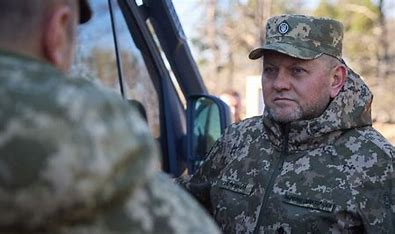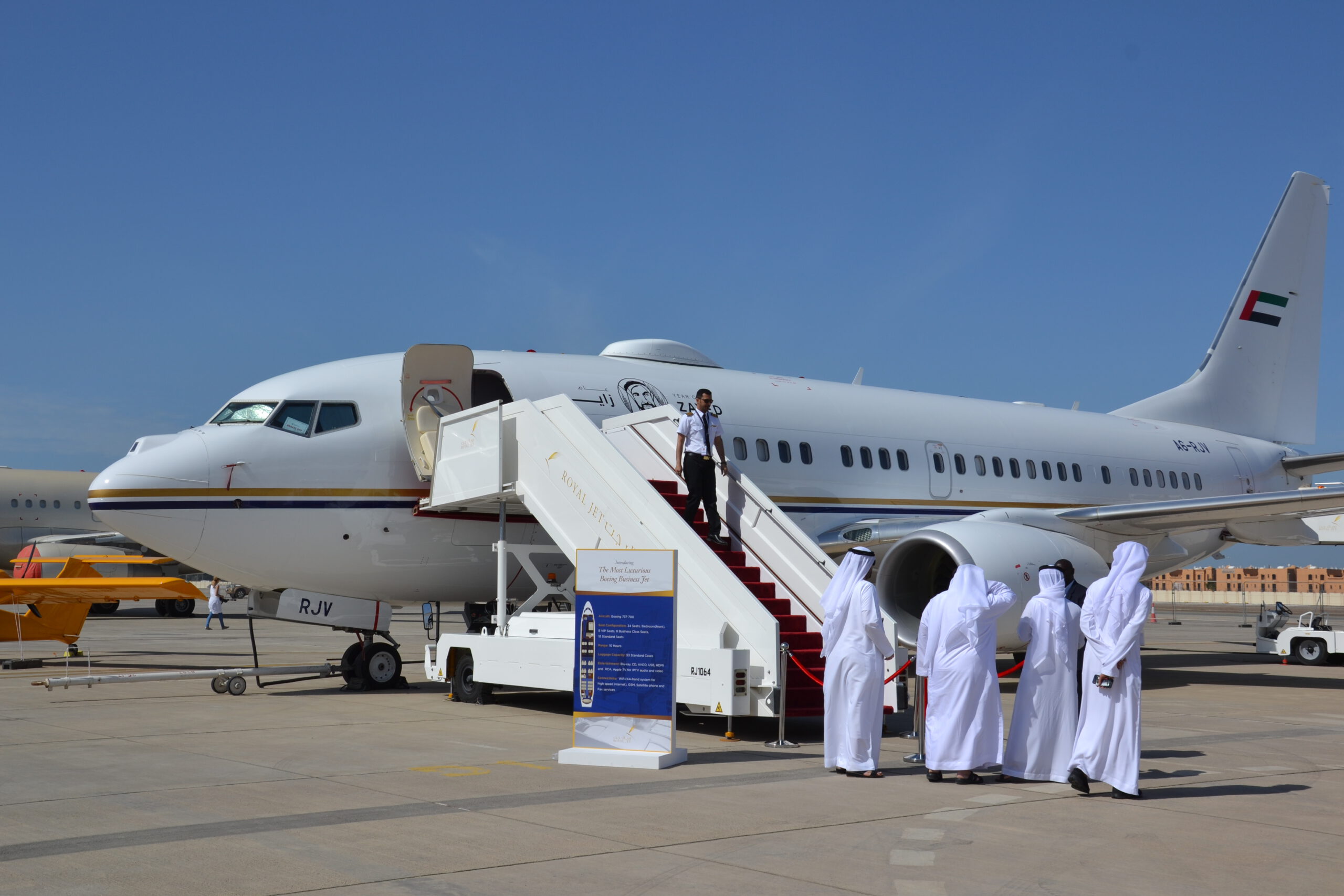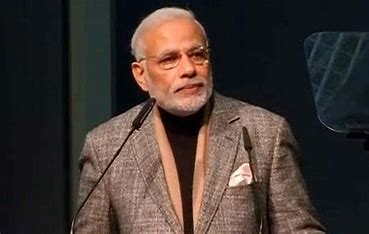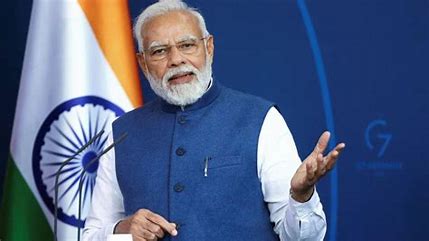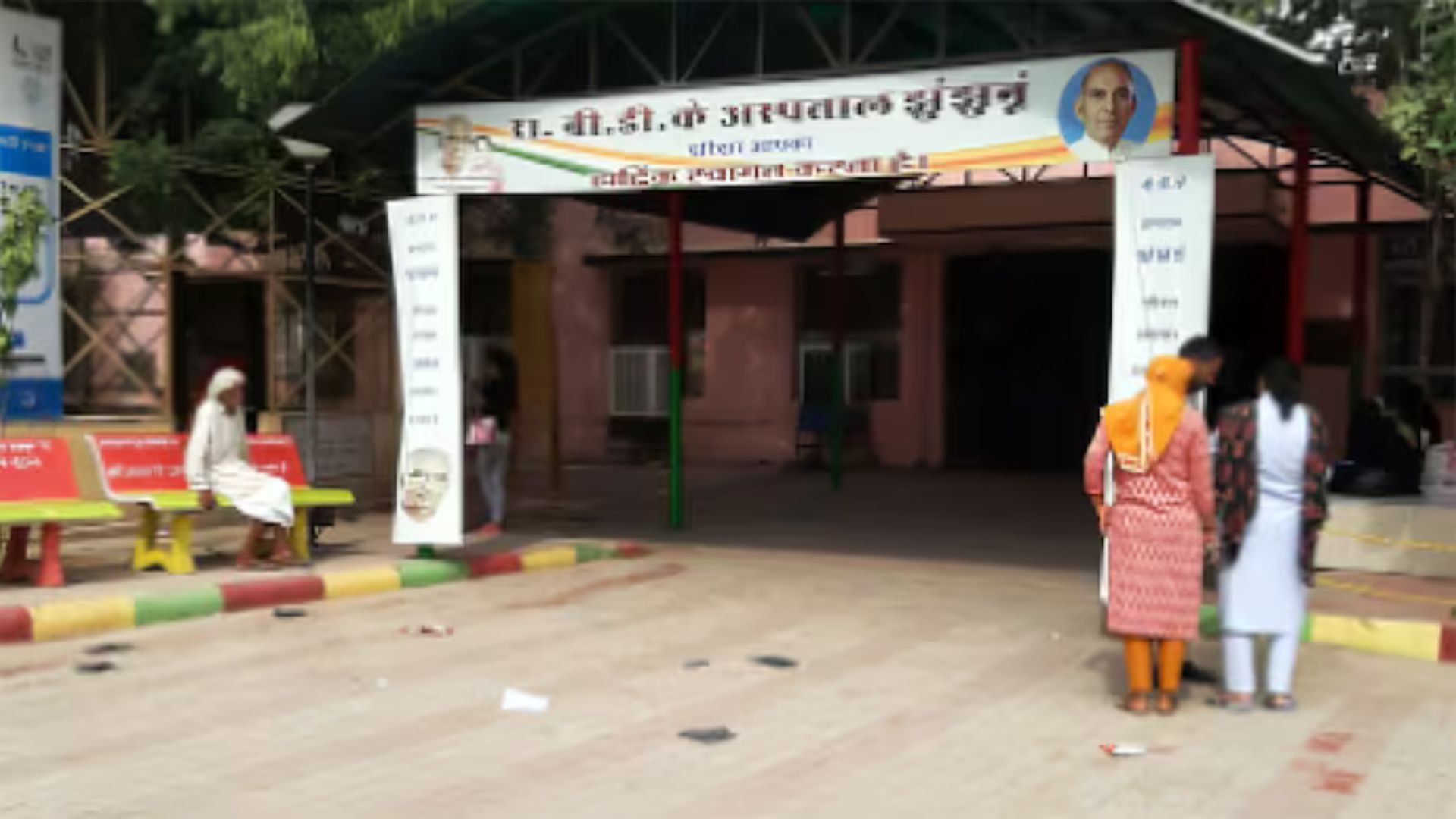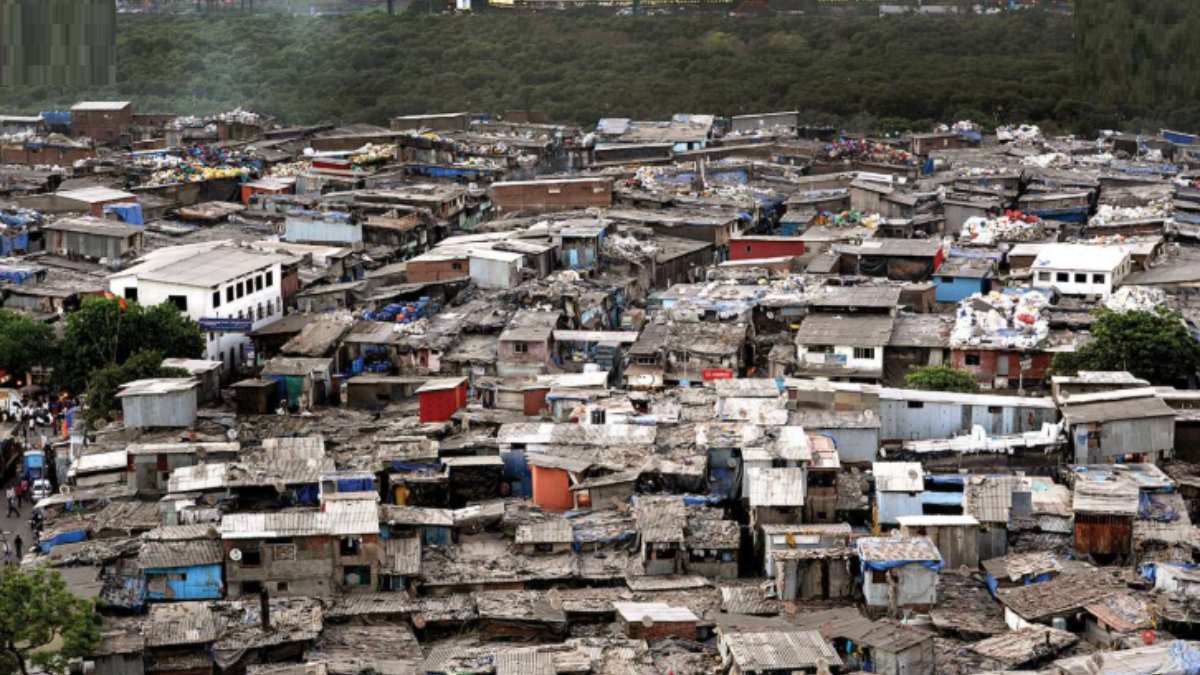
Dharavi, world’s largest slum in Mumbai, which was earlier seen as the worst-hit coronavirus hotspot, has now become an exemplary model which is winning its hardest battle against the pandemic. The efforts of the Maharashtra government and Brihanmumbai Municipal Corporation (BMC) which aggressively launched ‘Chase the Virus’ campaign and conducted targeted tracing of Covid suspects have shown encouraging results.
Being densely populated (2,27,136 people / sq. km), Dharavi had 491 cases in April 2020 with a 12% growth rate and a case doubling period of 18 days. The proactive measures adopted by BMC reduced the Covid-19 growth rate to 4.3% in May 2020 and further to 1.02% in June. These measures also ensured an improved case doubling time to 43 days in May 2020 and 78 days in June 2020.
Several challenges appeared before BMC in Dharavi where 80% population depends on community toilets. About 8-10 people live in households/hutment which measures about 10ftx10ft coupled with existence of narrow lanes with 2-3 storied houses where often the ground floor is a house, and other floors are used as factories. Hence, there were severe limitations of physical distancing with no possibility of effective ‘home quarantine’.
BMC adopted a model of actively following four Ts — Tracing, Tracking, Testing and Treating. This approach included activities like proactive screening. While 47,500 people were covered by doctors and private clinics in house-to-house screening, about 14,970 people were screened with the help of mobile vans, and 4,76,775 were surveyed by BMC health workers. Fever clinics were set up for screening high risk categories such as elderly/senior citizens. This helped to screen 3.6 lakh people. Also, around 8,246 senior citizens were surveyed and as part of its policy of ‘timely separation’, they were separated from the other community to effectively limit the transmission of the disease. In all, 5,48,270 people have been screened in Dharavi. The suspected cases were shifted to well organised Covid Care centres and quarantine centres.
To tackle the issue of manpower to carry out proactive screening in high risk zones, BMC forged strategic public private partnerships in containment measures and all available ‘private’ practitioners were mobilized. It provided the private doctors with PPE Kits, thermal scanners, pulse oximeters, masks and gloves and started door-to-door screening in high risk zones and all suspects were identified. BMC encouraged all practitioners to open their clinics to attend to the patients and communicate to them in case any Covid-19 suspects were found. It sanitised the clinics of the private practitioners and provided them all necessary support. To augment health infrastructure in the city, all private hospitals were brought onboard and acquired for treatment.
As the option of home quarantine could not effectively produce the desired outcomes due to the space limitations in the congested area, institutional quarantine facilities were created in all available schools, marriage halls, sports complexes, etc. These were provided with a ‘Community Kitchen’ for breakfast, lunch and dinner, round the clock access to medical services, necessary medicines and equipment.
A salient feature of BMC’s Covid-19 response strategy is strict enforcement of containment measures which has three primary components: an effective containment strategy; conducting comprehensive testing; and ensuring uninterrupted supply of goods and essential supplies to the community. Only critical patients were moved outside Dharavi for admission to hospitals; 90% of the patients were treated inside Dharavi itself. BMC also distributed more than 25,000 grocery kits and more than 21,000 food packets for lunch and dinner separately within the containment zones so people stayed inside and did not have the need to move out, thereby curbing spread of the virus. Food and grocery were also supplied and distributed free of cost by local MLAs, MPs and corporators. In addition, there was frequent disinfection of the containment area and community toilets. MSRTC buses were operated for facilitating staff conveyance. The high-risk zone was sealed from all sides and community leaders were appointed as a ‘Covid Yoddha’ to address all issues of the community and to act as a bridge between the health workers and the community.
